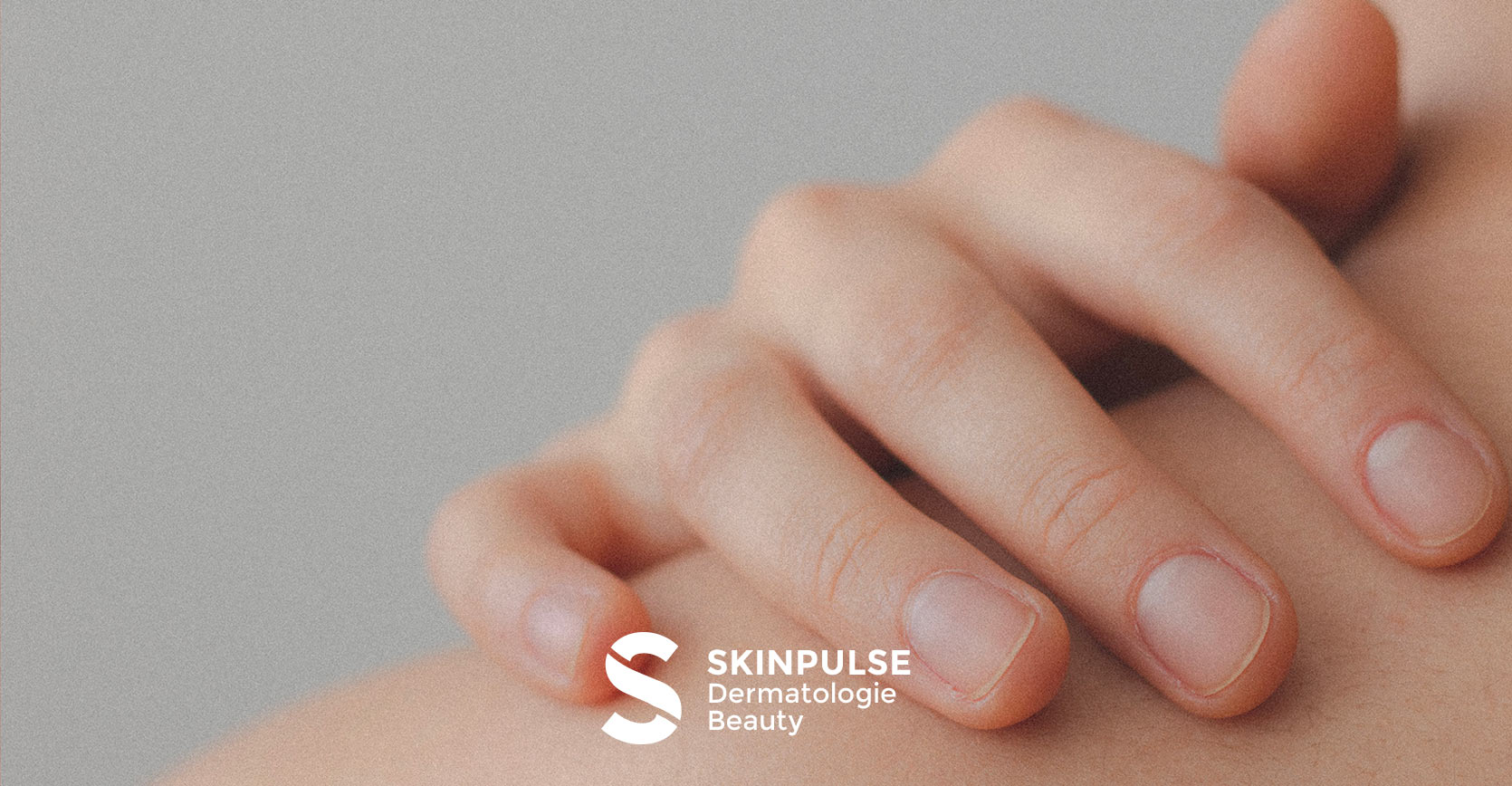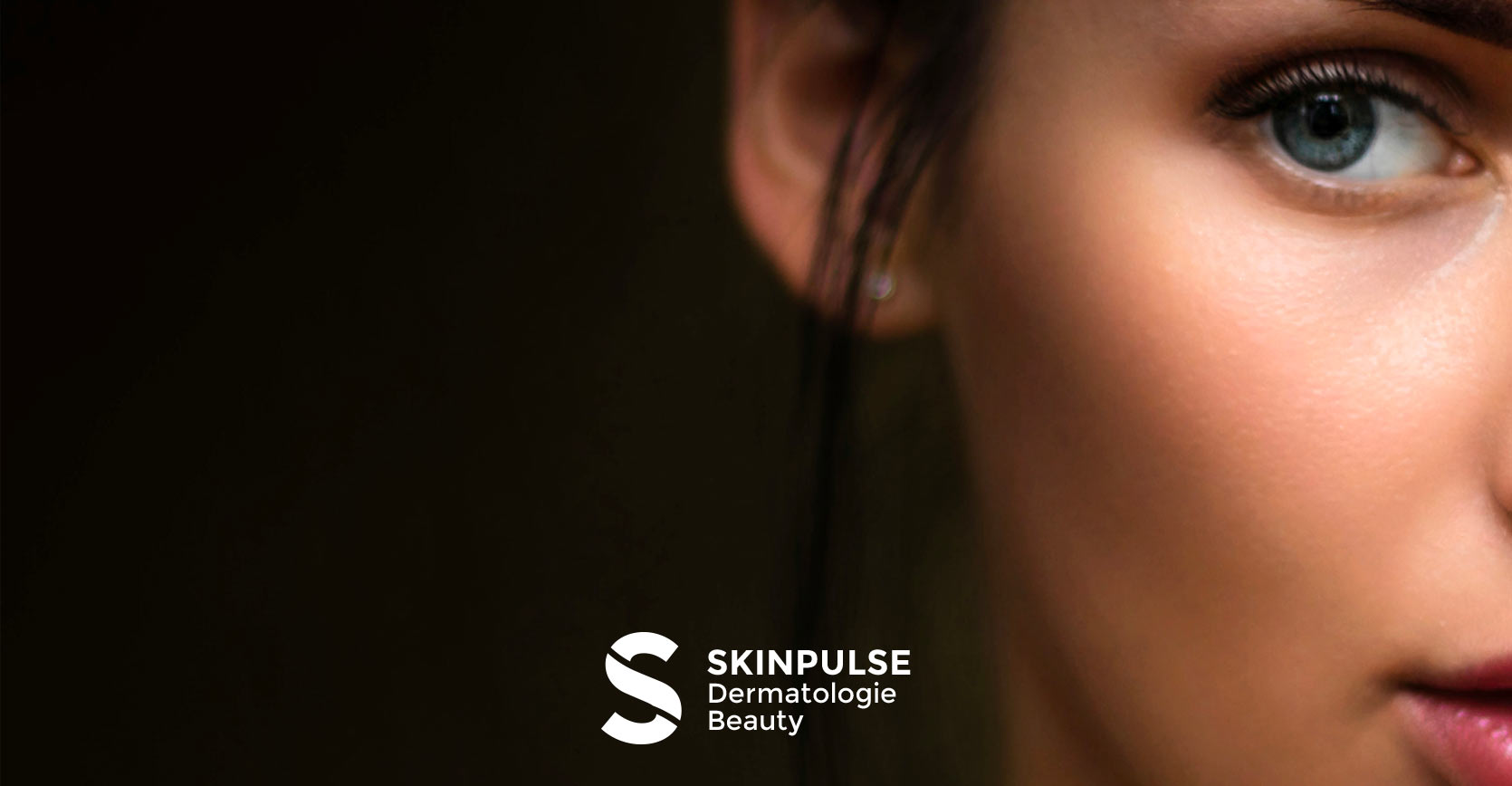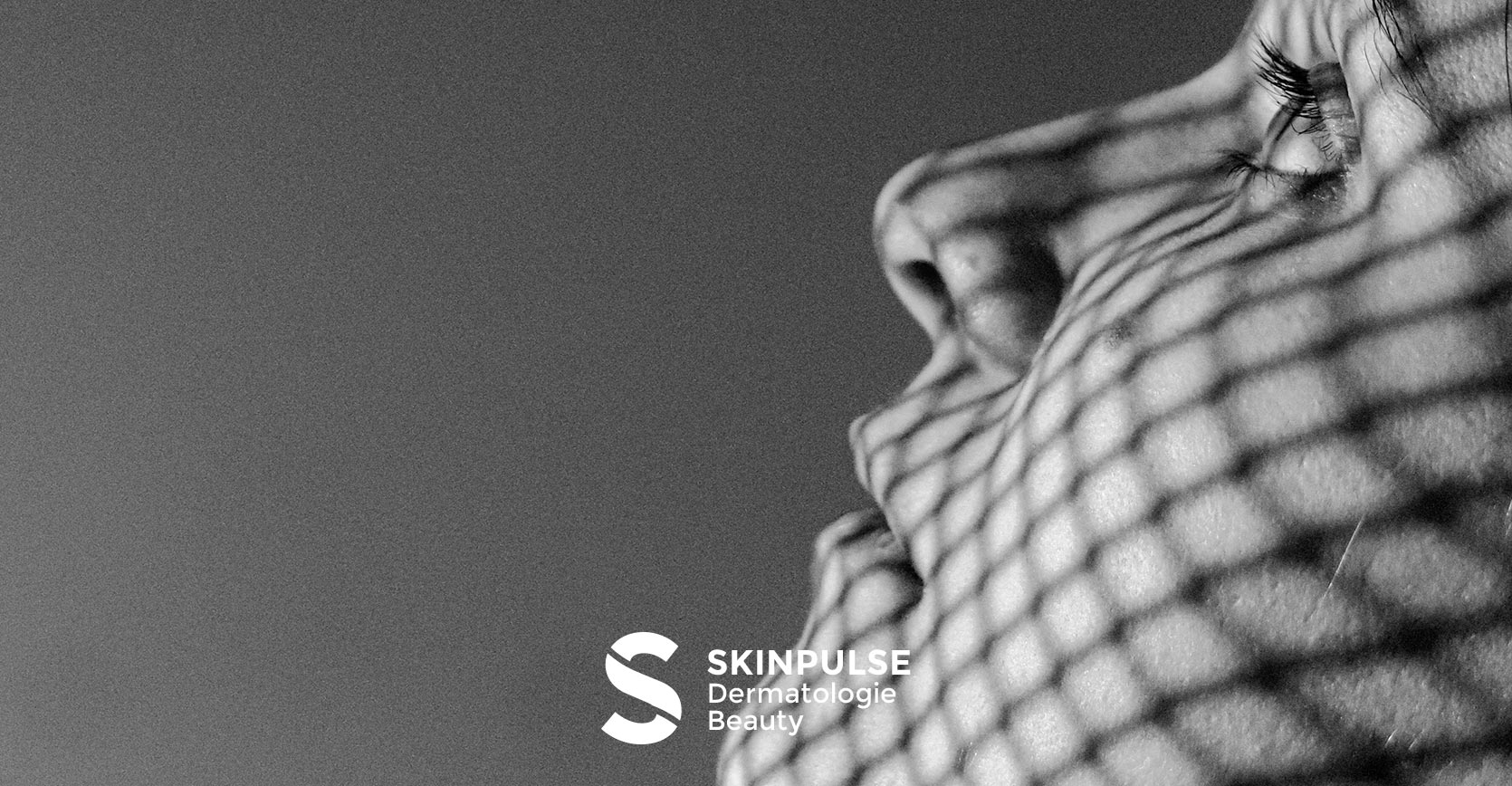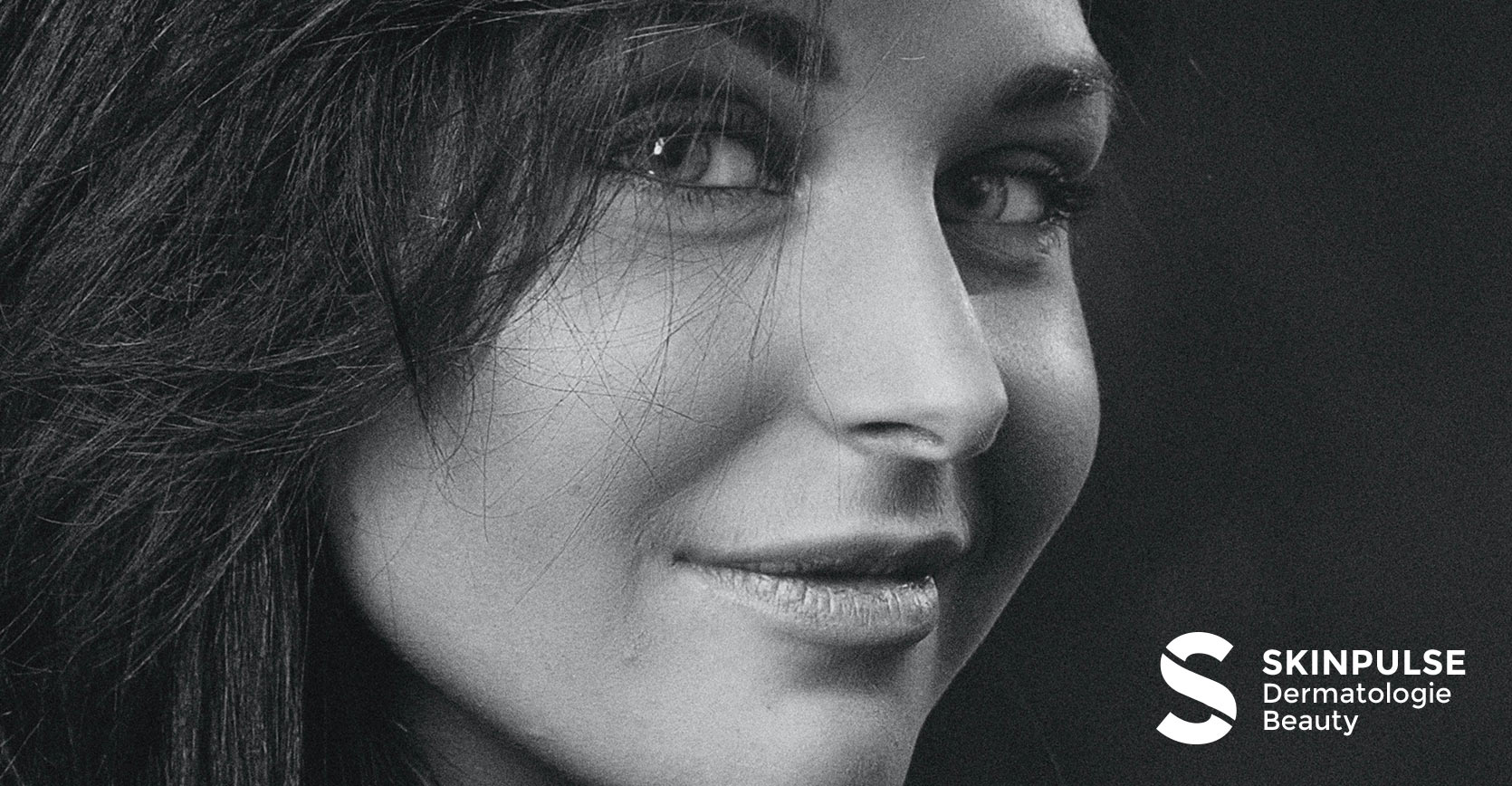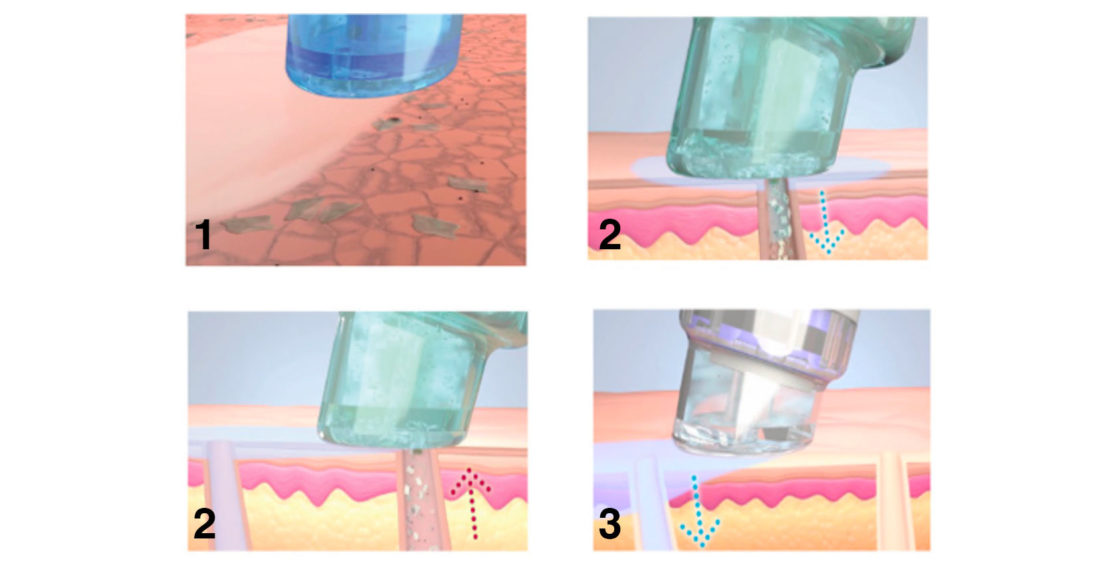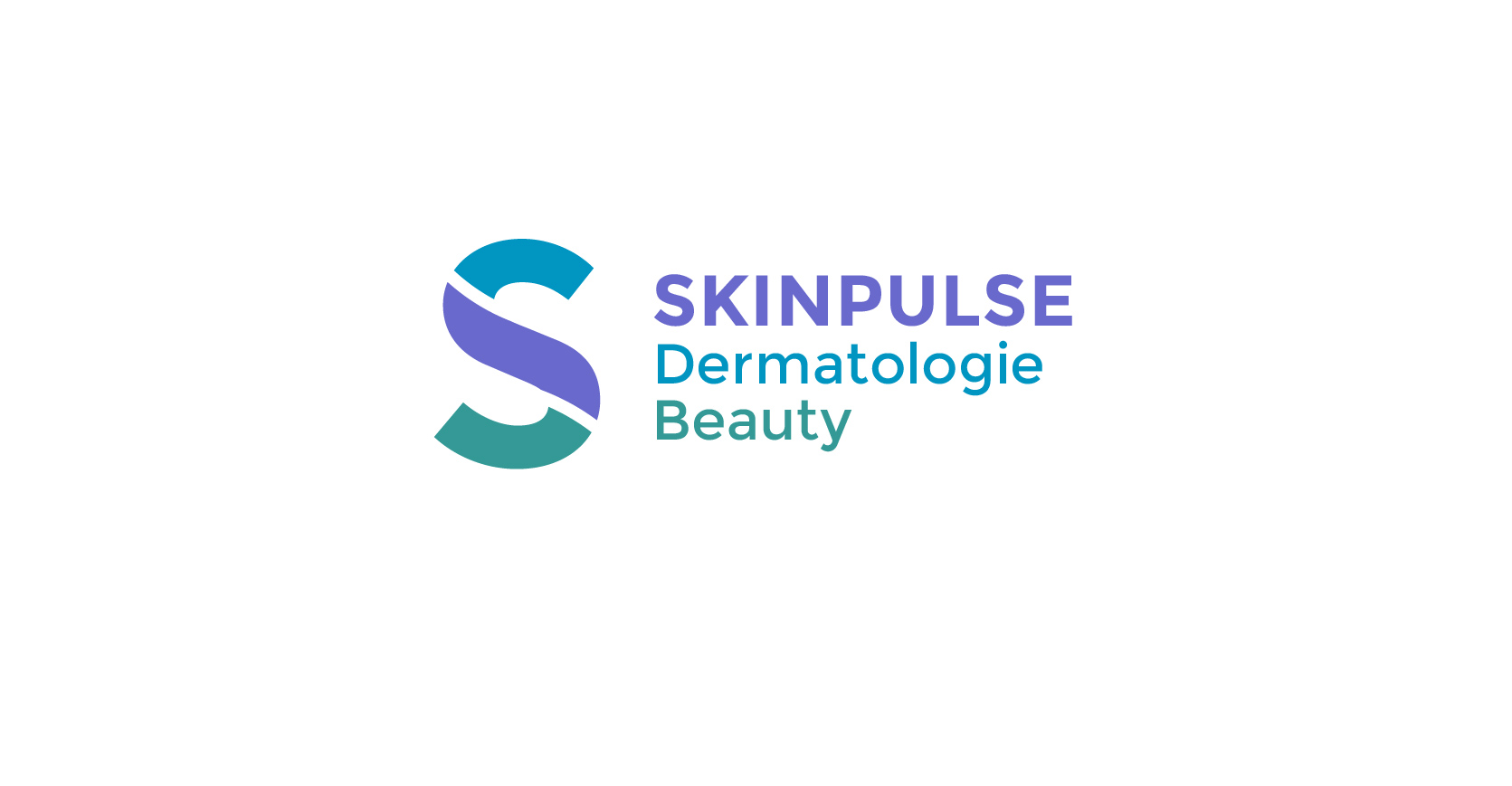
Psoriasis is one of the inflammatory skin diseases that has benefited the most from therapeutic progress. It affects approximately 4% of the general population.
The choice of the most appropriate type of treatment varies, depending on the form and severity of the disease, the size and extent of the plaques, the patient’s response to a given treatment and their preferences.
The Swiss Society of Dermatology has issued official recommendations regarding the treatment of the disease. When your dermatologist examines you, he or she calculates the psoriasis score (PASI). This score is fundamental because it makes it possible to be objective in calculating the extent of the disease. It is estimated that a PASI score of less than 10 means that your psoriasis is rather modest, so in this case, the doctor will favourlocal (topical) treatments. If the PASI score exceeds the threshold of 10, your psoriasis is considered to be moderate to severe. Other therapeutic approaches can then be discussed.
The dermatologist may change a patient’s treatment dose, combine one type of treatment with another, or switch treatments to find one that works better for the patient.
1. Local treatments
Topical treatments, such as creams and ointments, are usually recommended first, especially for people with mild psoriasis (PASI < 10). The main objective of this type of treatment is to slow down and regulate the renewal of skin cells, thereby reducing inflammation. Topical treatments include topical corticosteroids and vitamin D3 derivatives, which currently exist most often in combined forms.
The dermatologist may recommend a combination of local treatments or combine them with oral therapy or phototherapy.
2. Phototherapy
Both natural light and artificial ultraviolet (UV) light are used in the treatment of psoriasis. One form of phototherapy, narrow-band UVB phototherapy (TL01), emits a short wavelength (311nm) of UV light that penetrates the epidermis, the outer layer of the skin. This light differs from that emitted by tanning lamps and research indicates that it does not significantly increase the risk of skin cancer.
Phototherapy remains an excellent approach in moderate to severe psoriasis and specifically against a particular form of psoriasis: guttate psoriasis (which often follows an infectious episode such as angina).
This requires 2 to 3 short sessions per week, and the number of sessions necessary to treat psoriasis is usually around 15 sessions.
3. Medications administered orally (or subcutaneously)
Several medications taken by mouth can help control psoriasis. They are generally reserved for the treatment of more severe forms or those presenting symptoms spread over a large area of the body.
These medications include methotrexate, cyclosporine, acitretin, dimethyl fumarate and apremilast.
These drugs have been around for a long time. Most of them require regular monitoring, coordinated with regular check-ups from the physician (for example: liver monitoring for methotrexate, renal monitoring and blood pressure for cyclosporine, monitoring of blood lipids for acitretin).
4. Biological agents (biotherapy)
Biological agents are innovative treatments administered by subcutaneous injections. These are large molecules that block inflammatory pathways. These treatments are often extremely effective. They are expensive and reserved for severe forms (PASI >10) that have not responded to phototherapy and/or other systemic treatment.
It is after a detailed request to your insurance and the approval of the medical advisor that this type of treatment can be initiated.
These treatments can potentially lower your immunity. Adetailed blood test must be carried out by the dermatologist in order to exclude a latent or dormant infection (for example tuberculosis).
Biological agents approved for the treatment of psoriasis in Switzerland include etanercept and the monoclonal antibodies adalimumab, infliximab, ustekinumab, secukinumab, ixekizumab, bimekizumab, risankinumab, guselkinumab, tildrakizumab. Multiple factors come into play when choosing one or the other of these medications. The dermatologist will guide you in these choices.
Nowadays, thanks to biological treatments, many patients see psoriasis completely disappear from the surface of their skin. They regain normal skin. It is imperative to explain that theinterruption of treatment can often lead to a gradual return of the disease after a few months.
The challenge, for both the dermatologist and the patient is to find what is the most effect treatment. Often, the doctor may choose to combine two or more treatments to achieve the best result. Psoriasis, however, remains a chronic disease. Even if the new treatments are very effective, the disease returns when treatment is stopped. It is therefore necessary to discuss the best strategy with patients on a case-by-case basis.
